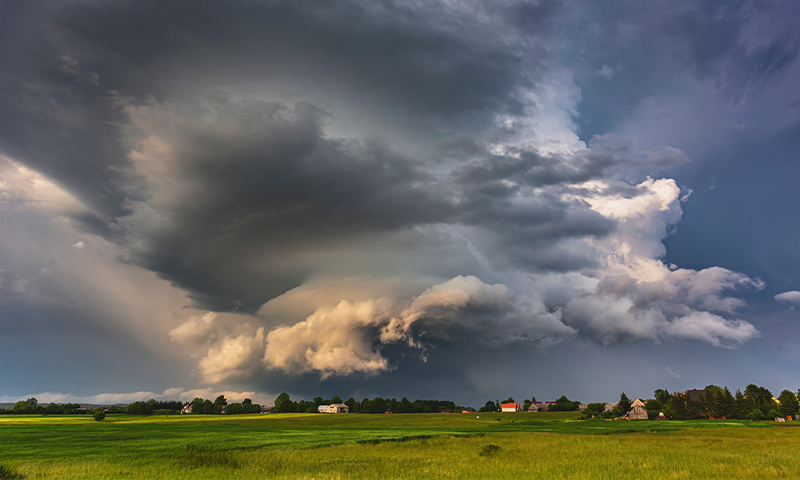Now Reading: Tracking India’s Fierce Hailstorms: Inside the Storm Chasers’ Journey
-
01
Tracking India’s Fierce Hailstorms: Inside the Storm Chasers’ Journey
Tracking India’s Fierce Hailstorms: Inside the Storm Chasers’ Journey

Swift Summary
- Scientists and students will engage in a large-scale hailstorm research project called ICECHIP across over a dozen U.S. states, using advanced equipment like 3-D laser scanners and drones.
- The initiative aims to improve predictions of severe hail-producing storms that caused $35 billion in damages last year.
- Natural hail forms via storm updrafts lifting water droplets into freezing zones; larger hailstones result from prolonged interactions within storm clouds before falling due to gravity.
- Climate change is expected to increase the frequency of larger hail, potentially escalating damage costs further.
- ICECHIP received an $11 million grant from the National Science Foundation and encourages public participation by submitting photos of hailstones for analysis alongside standard-sized objects for comparison.
Indian Opinion Analysis
India faces frequent extreme whether events, though hailstorms are generally less destructive compared to cyclones or floods here than in regions like the United States.Though, research breakthroughs like ICECHIP provide valuable insights into weather prediction models that coudl benefit disaster management protocols globally. Such advancements hold relevance for nations like India seeking improved localized data on severe storms due to climate change impacts that may influence agricultural yield and infrastructure resilience over time.
Read more: Nautilus


























